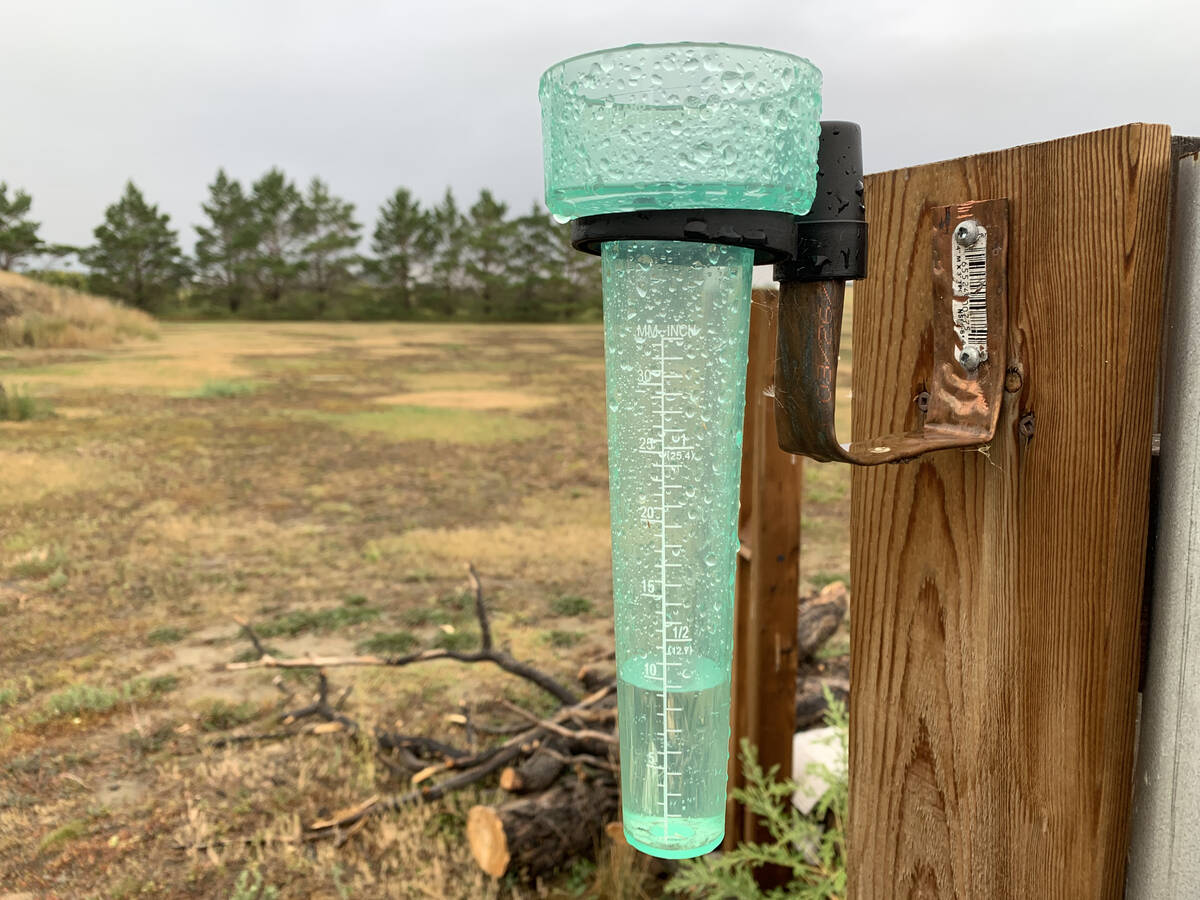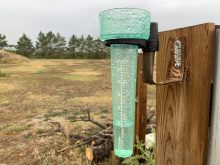It was a cold but clear evening on New Year’s Eve, 1966, in the northwestern Manitoba farming community of Bowsman, and a crowd was gathering near the town’s new water and sewage treatment plant.
All eyes were on a collection of wooden outhouses: 26 or 33, depending on which newspaper account can be believed. As the tension built, Cliff Nolan strode out of the crowd toward the biffy pile, a five-gallon pail in one hand.
Nolan had retired from the navy in 1965 and settled in Bowsman, where his wife Elizabeth had originated. Within a year, the 39 year old had become a force to be reckoned with.
Read Also

Southeastern Prairies get drought relief in September
September drought monitor from Agriculture and Agri-food Canada shows welcomed precipitation in coastal B.C. and southeastern prairies
Besides serving as town constable, Nolan also hauled garbage, ran the street grader and fire truck and managed the water plant. On this night, as Canadians celebrated their way into the country’s centennial year, he would add a new line to his resume, sloshing diesel fuel on a few of the outdoor toilets, lighting a match and letting it drop.
“It started burning slowly and then it kept picking up and picking up and it really got going after a while,” Nolan said. “It was a blaze flying in the air.”
The Bowsman biffy bonfire was one of Canada’s wackiest centennial celebrations and instantly put the town on the map. A television station from Yorkton, Sask., sent a crew and captured the entire episode on film. A CBC reporter was also on hand and the event made the news in Pennsylvania, Massachusetts and Los Angeles.
Later in 1967, Bowsman mayor A.R. “Dynie” Sutherland appeared on the popular CBC Television current affairs show Front Page Challenge. When the panels’ resident curmudgeon, Gordon Sinclair, asked if the town had any “two-holer” outhouses, Sutherland said they even had some six-holers at the nearby mills.
“They laughed when he told them that,” Nolan said. “It was something pretty new to them in Toronto.”
The town’s celebrity status was rekindled in 1997 when author Pierre Berton used the toilet tale to open his book 1967: The Last Good Year.
“We thought the town was going to boom after that,” Nolan said.
Bowsman’s 15 minutes of fame began in 1965, when the town boasted 500 residents, two stores, a post office, a hotel, a bank and an insurance agency.
What it didn’t have was a modern water and sewage system. Originally relying on backyard outhouses, most homes by 1965 had upgraded to private wells and cesspools. But the outhouses remained.
In 1965, the town decided to build a sewage plant, which opened for business in October 1966. Even then, not all residents were confident the new system would work and hung on to their outdoor toilets.
“They treasured them,” Nolan said.
As Canada’s centennial neared, Bowsman began thinking about how to celebrate the occasion. One of the town councillors is credited with coming up with the notion of ushering in the centennial not with a bang but a blaze, using the now obsolete outhouses as kindling.
“It took off from there and by golly it ballooned out of shape,” Nolan said. “Nothing ever happens here so that was a happening. That was big. But we didn’t think it was going to get out of hand like it did.”
Trucks, trailers and backhoes hustled around town hauling biffies to a bare field next to the sewage plant. While most outhouses were collected with permission, not all the collectors were so polite.
“Some were taken over the fence with a front end loader and they didn’t even know they were gone,” Nolan said.
The evening of the big fire began with a parade, complete with toilet paper decorations and outhouses pulled on trailers. The biffies, some of them 50 years old and dry like paper, took about an hour to burn, with flames reaching six to nine metres into the air.
After the embers cooled and reporters stopped calling, Bowsman returned to its quiet life.
A cairn that was erected on the site of the fire in 1969 still stands with its little biffy on top.














